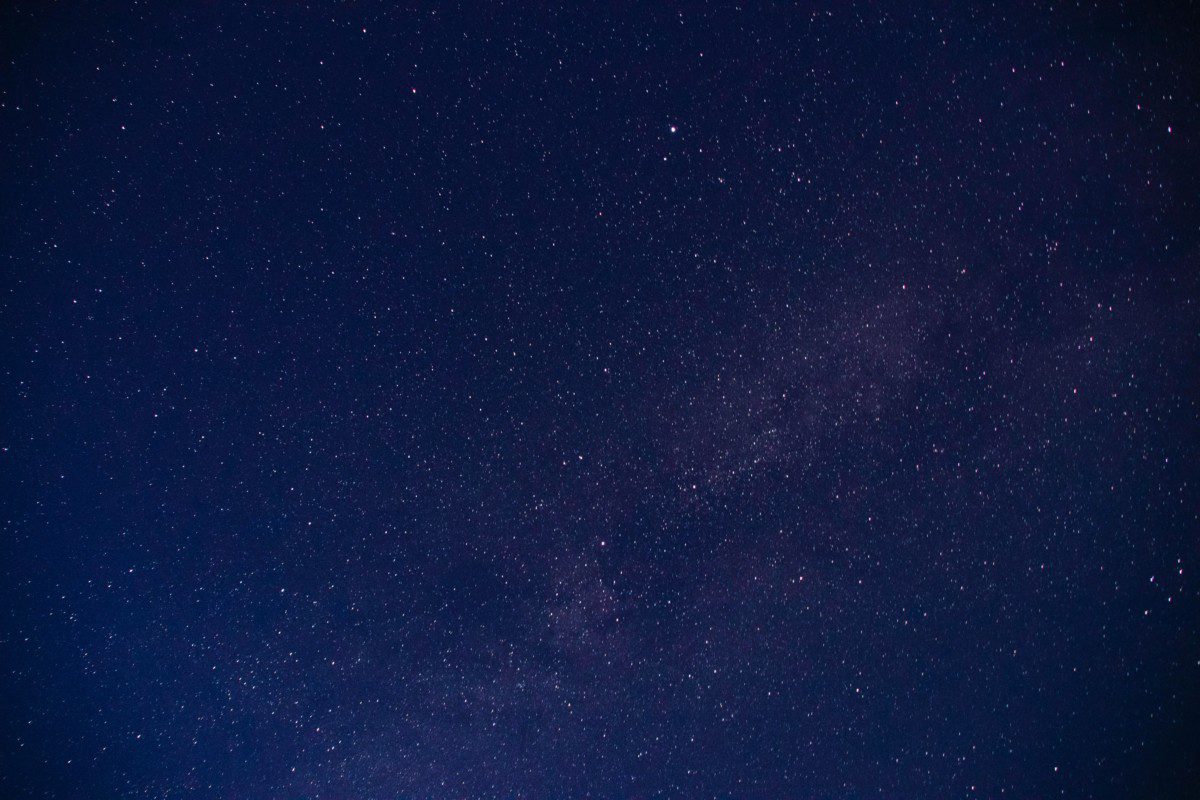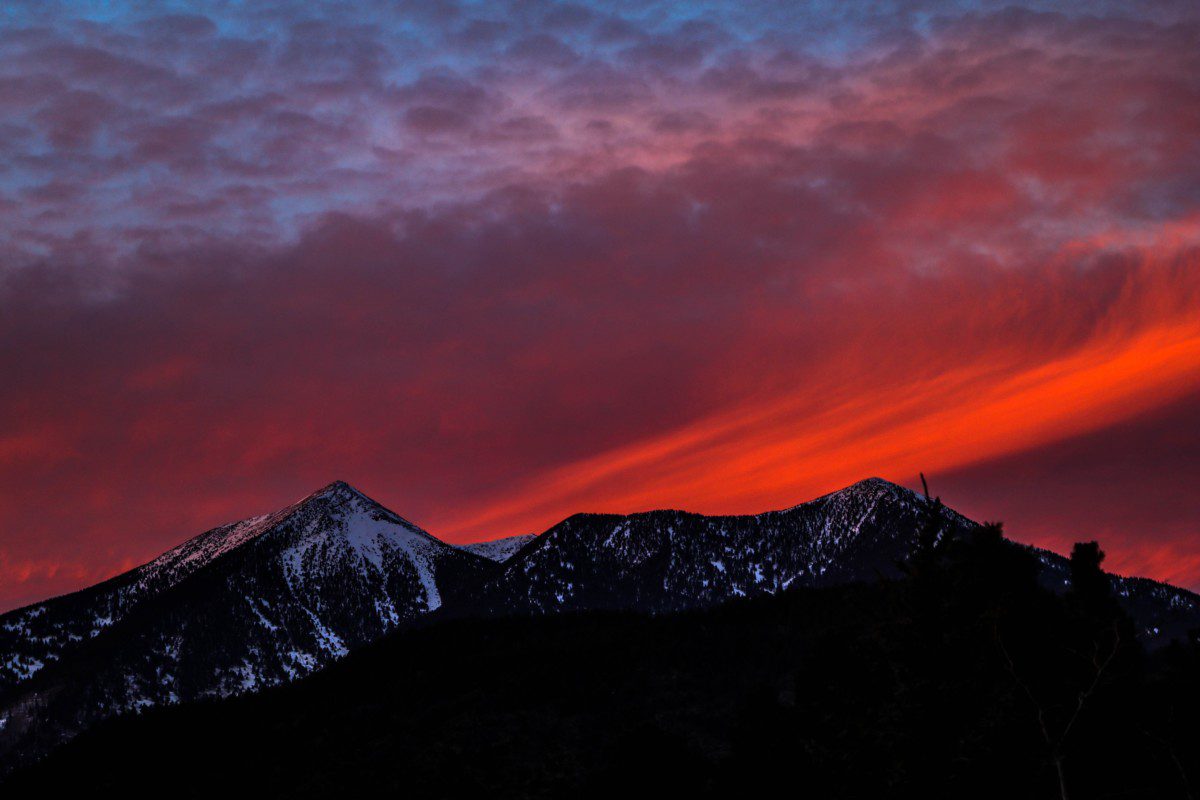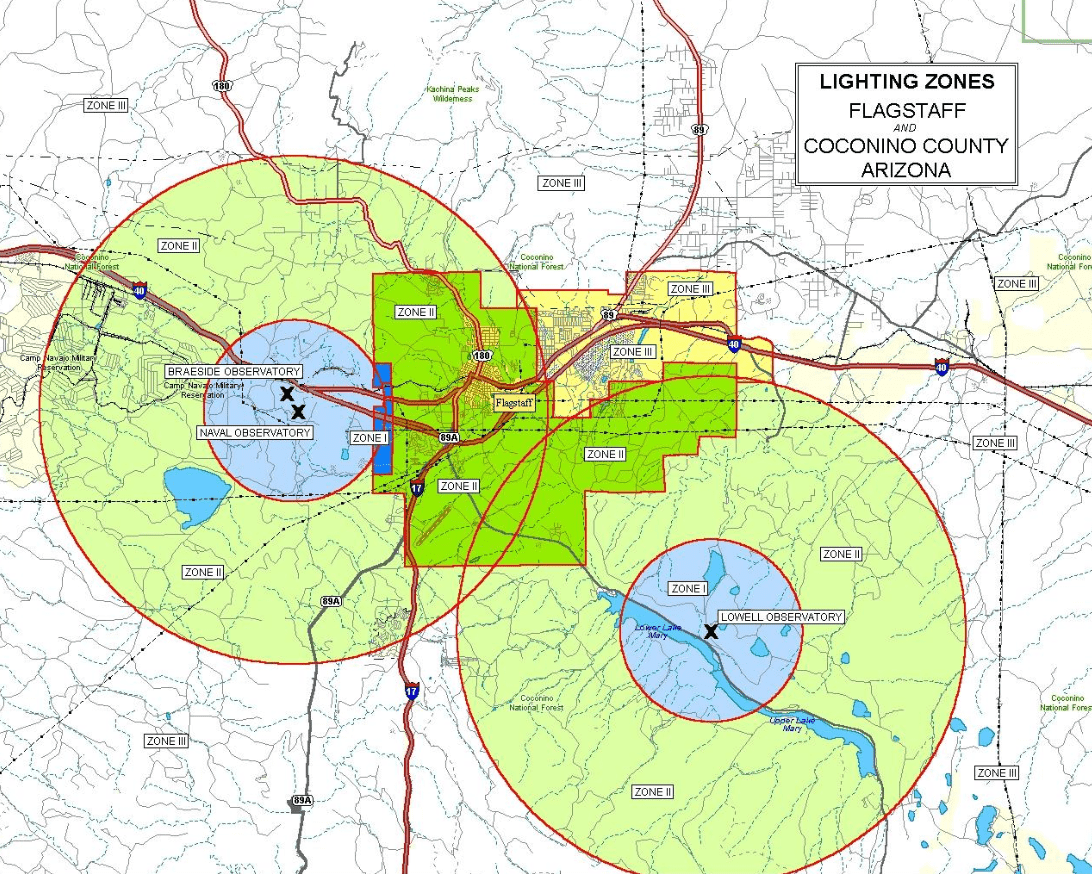Flagstaff, Arizona, stands out as a pioneering city in the dark sky movement, a testament to community-wide commitment towards preserving the night sky. Access Fixtures recently delved into what it truly means for a community to adopt dark sky friendly practices in a detailed article. This insightful piece highlights the role of the International Dark Sky Association (IDA) and outlines the stringent requirements needed for lighting fixtures to be considered dark sky compliant. In our exploration today, we trace the historical strides and notable successes Flagstaff has achieved in dark sky compliance. As the first city to be designated as an International Dark Sky Place, Flagstaff’s journey offers valuable lessons and inspiration for communities worldwide aiming to minimize light pollution and protect our celestial views. Discover how dark sky compliant lights and Flagstaff’s dedicated efforts have paved the way for sustainable urban lighting practices.
Key Takeaways
-
-
Commitment to Dark Sky Practices: Flagstaff’s long-standing dedication to dark sky compliance has made it a role model for communities worldwide. This commitment is demonstrated through continuous updates to its lighting regulations and enforcement policies to ensure minimal light pollution.
-
Historical Significance in Astronomy: Flagstaff’s proactive measures in preserving the night sky have not only safeguarded its historical significance in astronomy but have also allowed ongoing discoveries, like those made at the Lowell Observatory, to continue unhindered by urban light pollution.
-
Impact on Community and Environment: The city’s stringent dark sky compliant lights contribute significantly to environmental conservation, enhancing both the quality of life for its residents and the habitat conditions for wildlife. This integrated approach underlines the importance of sustainable urban lighting practices that align with natural ecosystems
-
Flagstaff’s Dark Sky Lighting History
Flagstaff, Arizona, nestled in the heart of Coconino County, is celebrated for its majestic mountain views and high elevations. Established in 1882, this charming city is famed for the Lowell Observatory, established in 1894 and named after the Lowell family from Boston, Massachusetts. This historic observatory has been the site of numerous significant astronomical discoveries, including the first sighting of the dwarf planet Pluto.
Flagstaff has long been a pioneer in dark sky preservation. In 1958, it introduced the world’s first lighting ordinances aimed specifically at curbing the use of searchlights. This commitment to minimizing light pollution continued in 1989 with the implementation of new lighting codes that significantly reduced the allowable outdoor light per acre within the city and its surrounding county.
The city’s efforts culminated in 2001 when Flagstaff was recognized as America’s first dark sky friendly city by the International Dark Sky Association. This accolade highlights Flagstaff’s longstanding dedication to implementing dark sky compliant lights and maintaining its leadership in preserving the natural night sky for future generations.
Current Flagstaff Outdoor Lighting Regulations
Flagstaff, Arizona, annually evaluates its commitment to preserving the night sky through detailed reports released by the International Dark Sky Association. These reports provide a comprehensive analysis of the community’s adherence to dark sky compliant lights and their impact on reducing light pollution.
In Flagstaff, the approved outdoor lighting includes low-pressure sodium lights and 590-nanometer amber LEDs, known for their minimal environmental impact. These amber LED fixtures are not only dark sky compliant but also enhance wildlife safety, making them ideal for areas needing conservation-sensitive lighting. These fixtures are available for purchase in various styles on our website and are designed to provide minimal backlight and eliminate uplight.
Flagstaff also organizes outdoor lighting into three classes based on the necessity and function of the lighting: Class 1 for essential lighting areas, and Class 3 for purely decorative purposes, such as lighting at the base of a flagpole.
The city’s lighting regulations are delineated into three zones as seen in the accompanying map. Zone 1 enforces the strictest dark sky compliance measures, while Zone 3 offers some flexibility in terms of shielding and lumen output but still supports the overall dark sky objectives.
Flagstaff’s proactive approach to dark sky compliant lights has successfully preserved the clarity of its night skies. The city enforces these guidelines strictly, with potential fines for non-compliance, encouraging residents to participate actively in maintaining the area’s natural dark environment. This commitment ensures that the natural beauty of Flagstaff’s mountainous landscape remains visible at night and that astronomers can continue their discoveries unimpeded by light pollution.
Conclusion
Flagstaff, Arizona’s legacy as a leader in the dark sky movement serves as a model for communities around the globe. Through its rigorous adherence to dark sky friendly LED outdoor lights and proactive environmental policies, Flagstaff has effectively balanced human needs with ecological preservation. The city’s continued efforts to enforce these regulations protect the awe-inspiring view of the cosmos and enhance the quality of life for its residents and wildlife. The detailed explorations provided by Access Fixtures and the annual reviews by the International Dark Sky Association underline the critical role that informed, community-wide initiatives play in sustainable development. As Flagstaff’s journey demonstrates, embracing dark-sky practices can lead to a vibrant future where technological advancement and natural heritage thrive in harmony. This commitment sets a compelling precedent, illustrating how dedication to preserving our night skies can illuminate the path toward a brighter, more mindful approach to our environment.
Click here to learn how bollard lights were used for Park City Pathway’s dark sky lighting solution.
Frequently Asked Questions
1. What makes Flagstaff a pioneer in the dark sky movement? Flagstaff, Arizona, was the first city to be recognized by the International Dark Sky Association as a dark sky place, thanks to its early implementation of lighting ordinances aimed at reducing light pollution and preserving the night sky for astronomical observation.
2. What are Flagstaff’s current lighting regulations? Flagstaff’s lighting regulations include using low-pressure sodium lights and 590-nanometer amber LEDs, which are designed to minimize environmental impact. The city categorizes outdoor lighting into three classes based on their necessity, with stringent requirements for each to ensure minimal light pollution.
3. How does Flagstaff enforce its dark sky policies? Flagstaff enforces its dark sky policies through strict lighting codes that regulate the amount of permissible outdoor light. Compliance is monitored annually, and non-adherence can result in misdemeanor fines, reinforcing the community’s commitment to these standards.
4. How do dark sky compliant lights benefit wildlife in Flagstaff? Dark sky compliant lights, such as 590-nanometer amber LEDs, are designed to reduce disruption to wildlife by mimicking natural light patterns and minimizing glare and backlight, which can disorient animals and affect their natural behaviors.
5. What are the key areas of success for Flagstaff’s dark sky compliance? Flagstaff’s key successes include maintaining the natural beauty of its night skies, enabling ongoing astronomical discoveries at observatories like Lowell, and setting a benchmark for other communities globally to follow in reducing light pollution.



